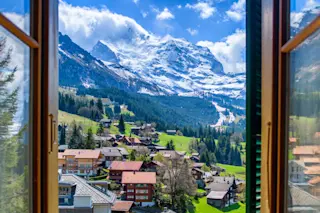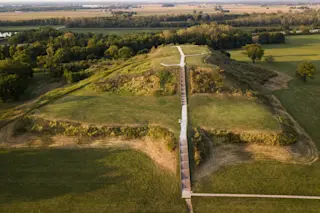The most practical and immediate steps we can take to slow global warming may be lining roadways with towering "artificial trees" and covering buildings with algae bioreactors, argues a new report from Britain's Institution of Mechanical Engineers. The group believes that geoengineering (a broad term for climate-altering technologies) may be necessary to reduce carbon dioxide levels immediately, while governments continue to bicker about how to transition to a low-carbon future.
"Geo-engineering is no silver bullet, it just buys us time," said Tim Fox of the IME, who led the study [The Guardian].
Fox says the study (pdf) looked for techniques that could be rolled out with existing technology. The IME's first suggestion is to construct hundreds of thousands of
"artificial trees", essentially building- or goalpost-sized structures through which the wind blows. As air passes through them, the "trees" extract CO2 from it for later sequestration [The Register].
The fake trees ...














